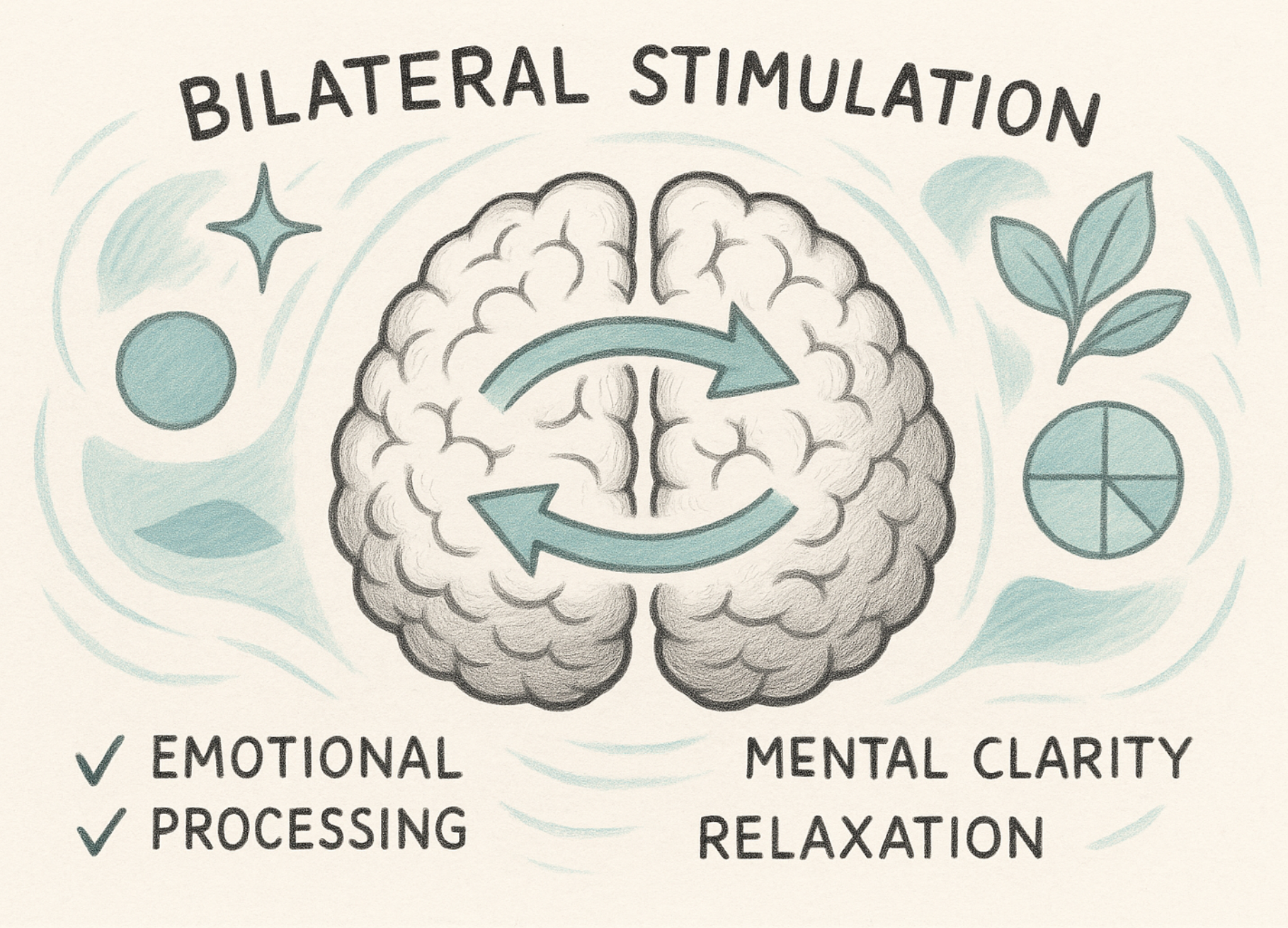
In contemplating the intersection of art therapy and the creative process, we must first acknowledge that both elements—creation and communication—are inextricably linked within this therapeutic framework. On one hand, we have the act of creation itself, which serves as a therapeutic endeavor, while on the other, we find the artworks produced as vehicles for expression and dialogue.
Art therapy fundamentally operates on the premise that engaging in the creative process can facilitate healing and self-discovery. As individuals, who may have perfectionist traits, delve into their artistic practices, they often confront internal conflicts, emotions, and experiences manifesting in their creative output. This process is not just about the final product; rather, it’s about the journey of working through one’s thoughts and feelings.
When you create, you engage in an exploration of your identity and emotions. The act of making art allows you to step away from rigid standards and expectations, providing space for experimentation and vulnerability. Herein lies the potential for catharsis, which is instrumental in artistic therapy.
However, the product of this process—the artwork—serves as an essential medium for communication. It can articulate feelings and narratives that might be difficult to express verbally. In therapeutic settings, these pieces can become focal points for discussion and reflection, allowing both therapist and client to explore deeper meanings and connections. This interplay between creation and communication offers a holistic approach to understanding oneself.
Ultimately, within the framework of art therapy, both the creative process and the resulting artwork are vital. They serve complementary roles, enhancing self-awareness, fostering emotional resilience, and facilitating meaningful dialogues. Thus, the true power of art therapy lies in recognizing and embracing this intricate relationship.
Here at Daily Lemons, we encourage you to explore both these qualities of art therapy. Dive into the creative process yourself and explore the peace of mind, and the self-discoveries it brings you. Then, when you’re ready, share your work with a therapist to get guidance and feedback on your art so you can reap greater therapeutic benefits and insights.
The process of drawing is only one part of the art therapy therapeutic process. Having a trained at therapist to guide you and build a supportive relationship is very much a vital component in at therapy.




Leave a Reply